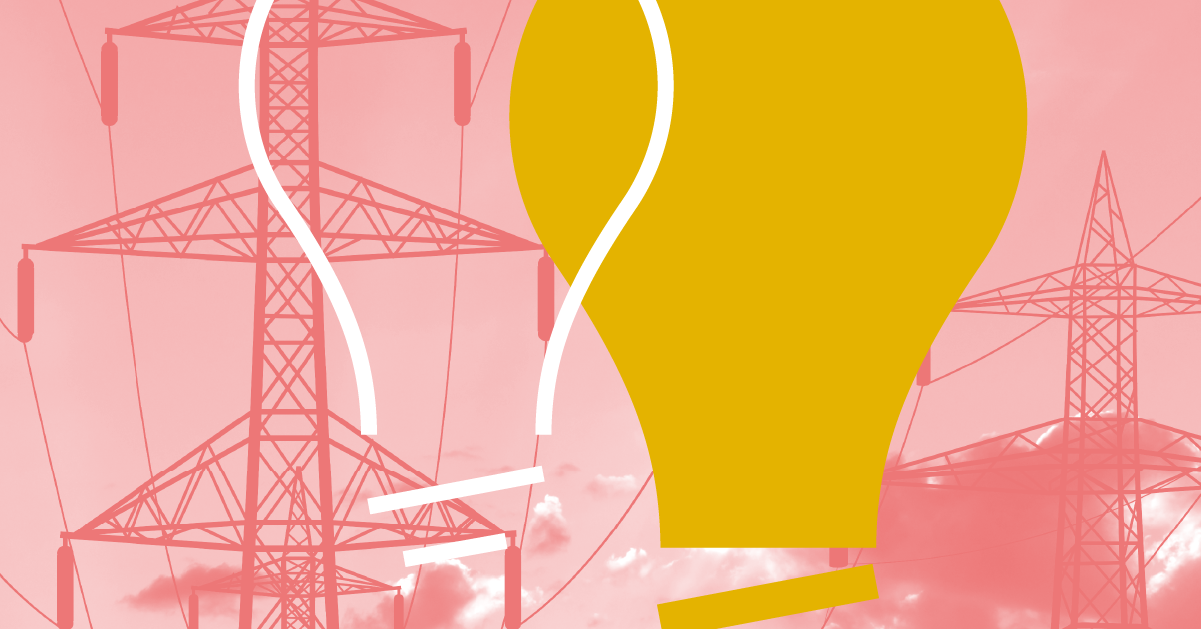RWE Keeps Outperforming Thanks to Its Competitive Power Generation Mix and Operational Excellence

After splitting off its noncommodity businesses into Innogy in October 2016, RWE RWE retained only its conventional generation and commodities businesses, along with a 77% share of Innogy. Under a large asset swap with E.On, RWE sold its stake in Innogy to the latter while retaining Innogy’s renewables business, receiving E.On’s renewables division as well as a 15% stake in E.On. The deal was completed in 2019. The rationale was stronger for RWE, which doubled its renewable capacity and became the second-largest global offshore wind firm.
RWE has around half of its renewables production exposed to merchant power prices, more than most peers. This implies a higher exposure to rising power prices. A EUR 10/MWh change in power prices has a valuation impact of EUR 3 per share, or 5% of our fair value estimate.
RWE is still significantly exposed to coal, with 9.7 gigawatts of capacity at end-2022, 28% of the total, of which 8.25 GW is lignite in Germany. In October 2022, RWE reached an agreement to advance the exit of coal and lignite plants from 2038 to 2030. The planned coal exit could entice more environmental, social, and corporate governance-focused investors and reduce the discount of RWE’s renewable operations versus peers.
With 14 GW of net capacity, RWE has the second-largest fleet of CCGTs in Europe. With the tightening of the power reserve margin in Europe due to the shutdown of many coal and nuclear plants and more intermittency from renewables growth, CGGTs become highly profitable. RWE intends to build more of them to compensate the upcoming additional closures of coal plants but will do so only if it gets a regulated remuneration program. The German government is expected to make announcements on this front by the end of 2023.
With the acquisition of Consolidated Edison’s large clean-energy business in March 2023, RWE became the fourth-largest renewables firm in the U.S., an attractive market, especially since the adoption of the Inflation Reduction Act.
All said, two thirds of RWE’s EBITDA will come from wind and solar in the medium term. That means a derisked profile with more earnings and free cash flow visibility.
The author or authors do not own shares in any securities mentioned in this article. Find out about Morningstar’s editorial policies.


/d10o6nnig0wrdw.cloudfront.net/05-09-2024/t_fab10267147f40fb93a1deb8a0b6553b_name_file_960x540_1600_v4_.jpg)
/cloudfront-us-east-1.images.arcpublishing.com/morningstar/E3DSJ6NJLFA5DOKMPQRAH5STMU.png)
/cloudfront-us-east-1.images.arcpublishing.com/morningstar/EGA35LGTJFBVTDK3OCMQCHW7XQ.png)